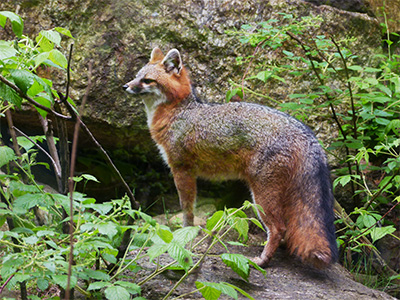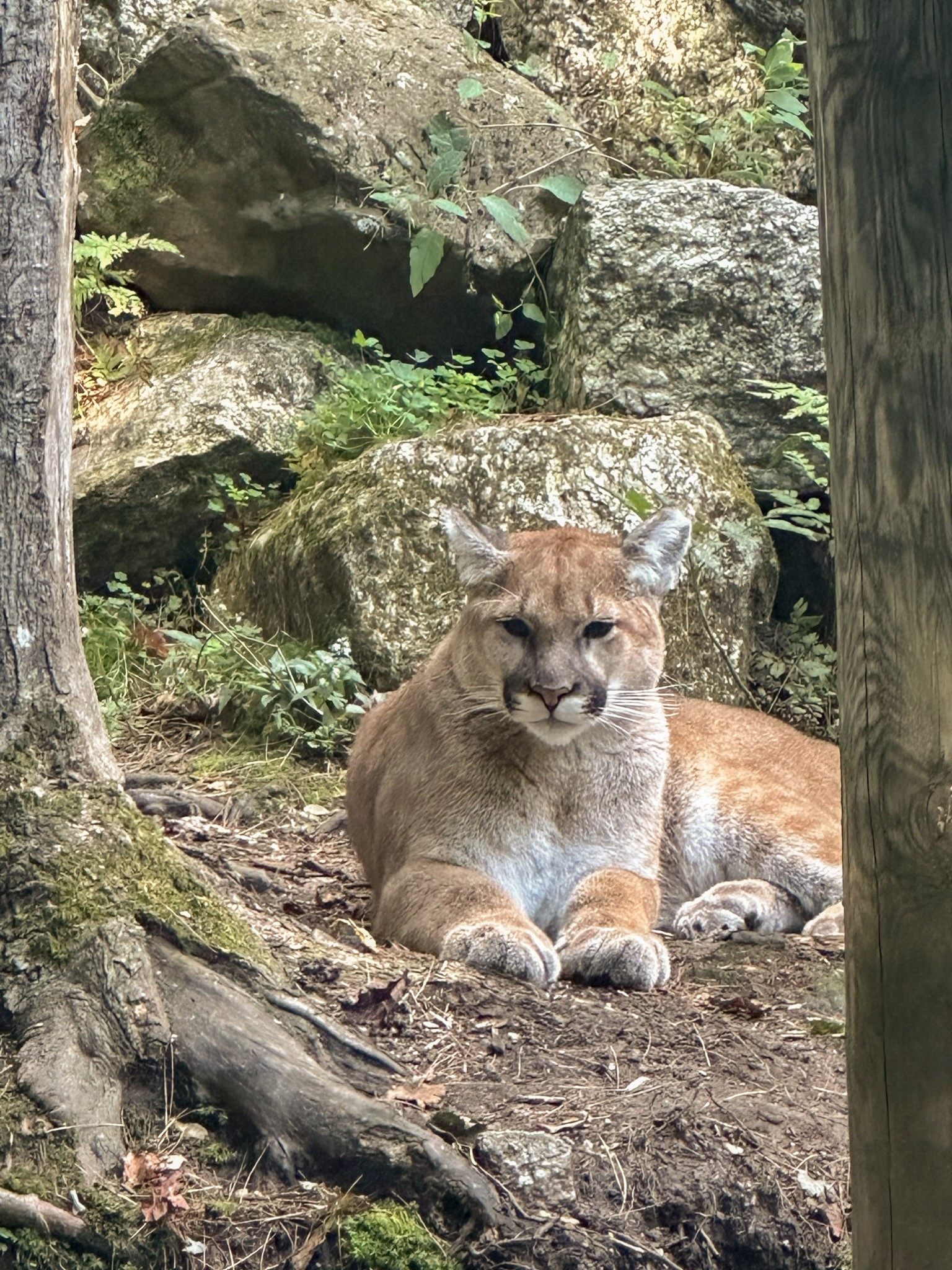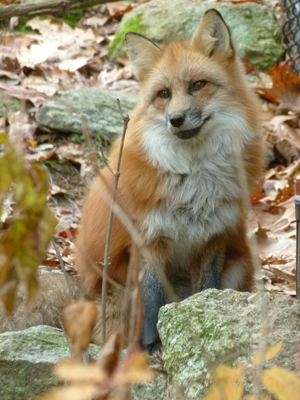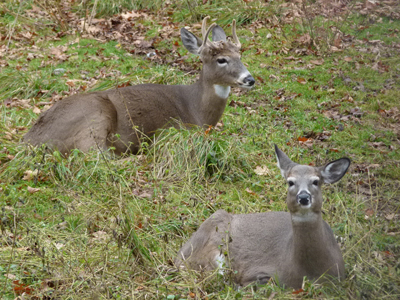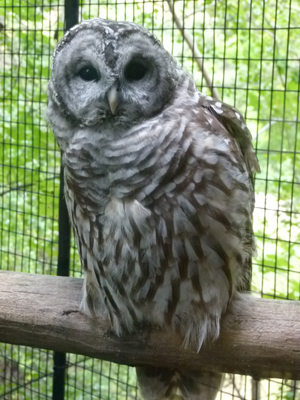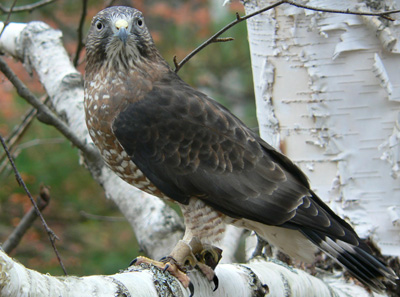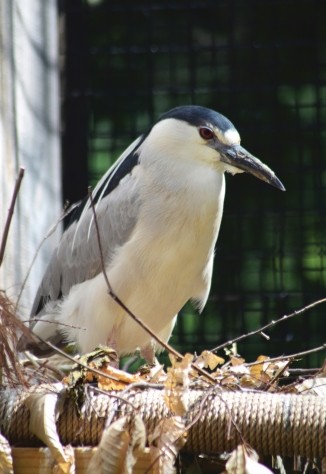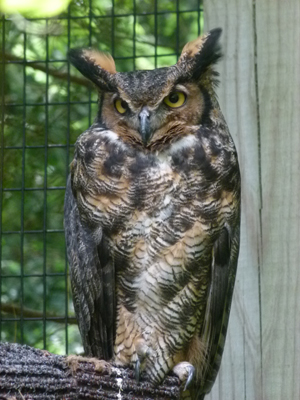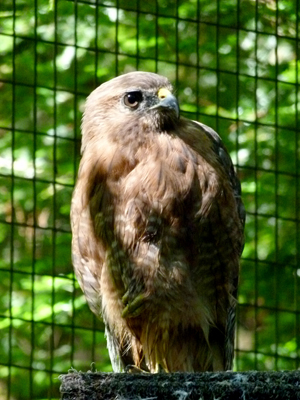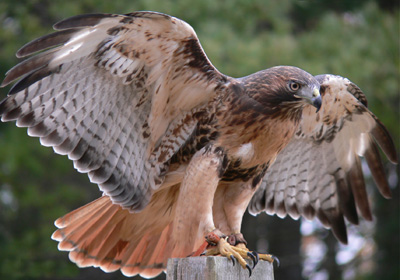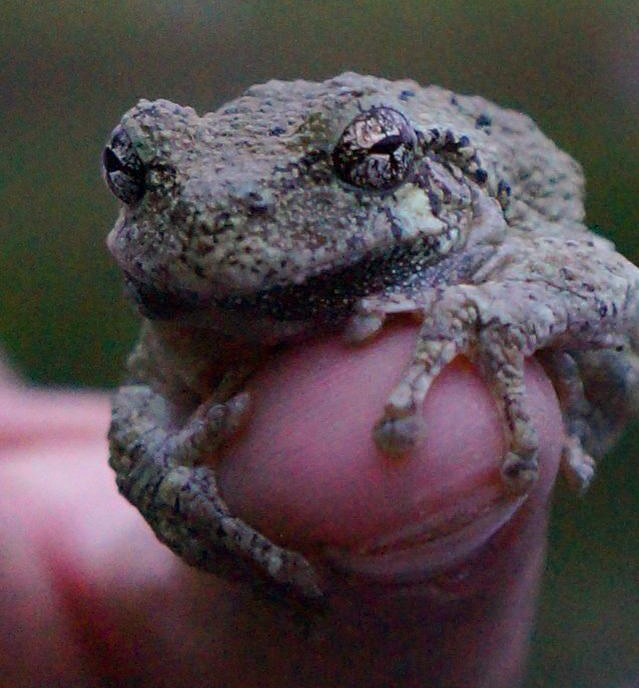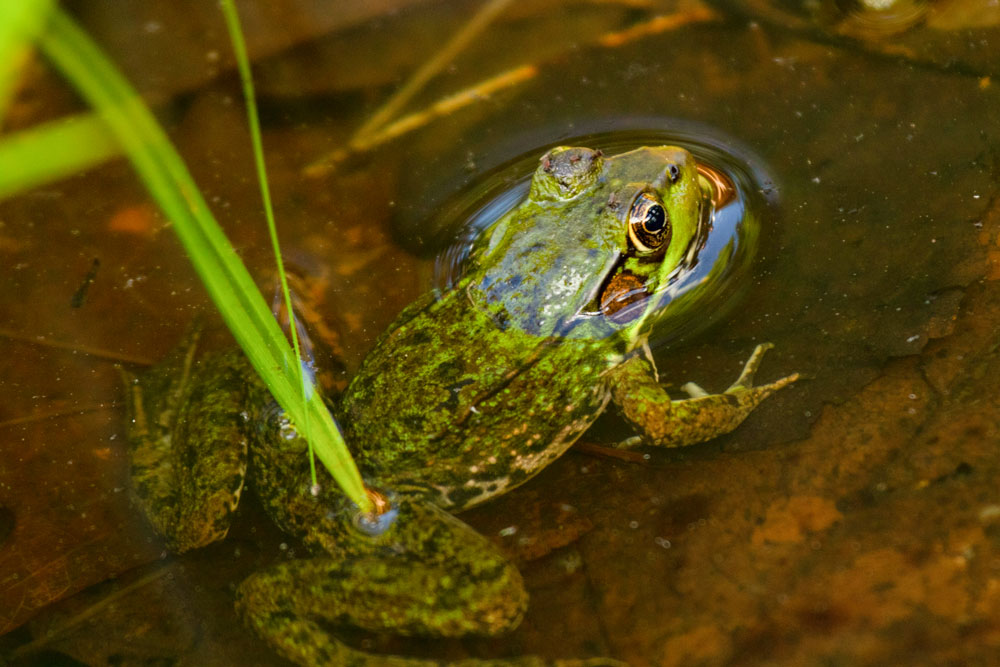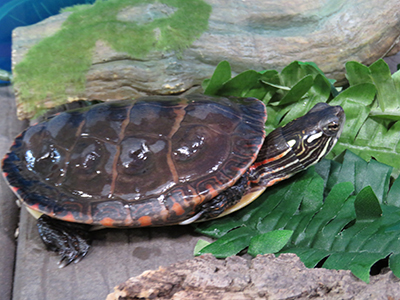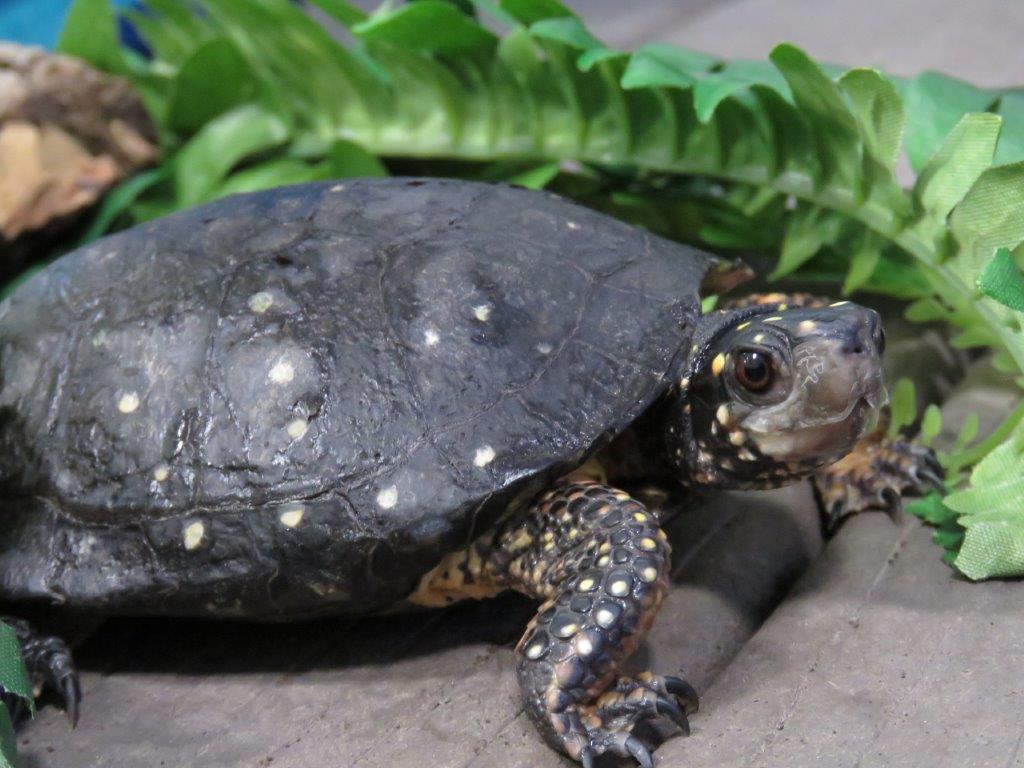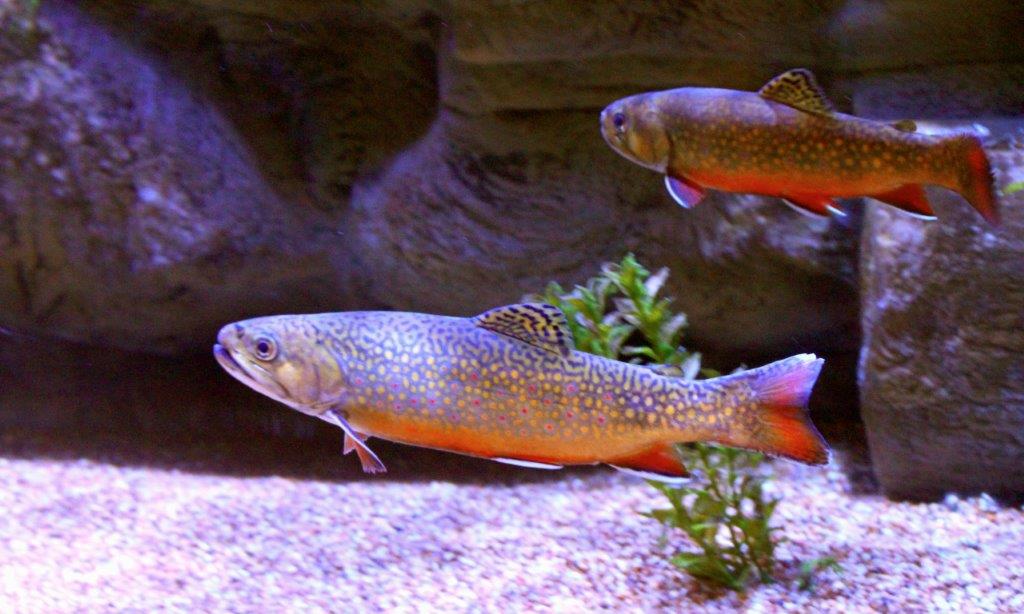Bald Eagle
Haliaeetus leucocephalus
| Kingdom | Animalia |
|---|---|
| Phylum | Chordata |
| Class | Aves |
| Order | Falconiformes |
| Family | Accitridae |
| Genus | Haliaeetus |
| Species | H. leucocephalus |
| Lifespan | 20 to 30 years in the wild (banding record 38 years) |
| Size | 6-7.5 foot wingspan; weight: 8-14 pounds; 30-37 inches tall |
| Eggs Laid | 1 to 3 eggs |
| Flight Speed | 35-40 mph |
| Status | NH Federal Status: Not listed; Bald eagles are legally protected in New Hampshire. Possession and take (which includes harming, harassing, injuring and killing) is illegal. |
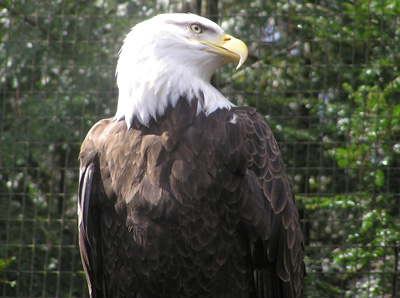
About Bald Eagles
What are tips for recognizing a Bald Eagle in the wild?
Adults are relatively easy to spot with white heads and tails, brownish to black bodies and bright yellow eyes, bill and feet. If you see a pair, the larger one is always the female! Immature Bald Eagles are well camouflaged with dark brown head, tail and body as well as white blotches on the underside of the wings. Young eagles don’t molt into adult plumage until four or five years of age. When soaring, Bald Eagles hold their wings level with their body (rather than the upward tilt of the Turkey Vulture). Their call is a squealing cackle, similar to a gull.
Where are Bald Eagles found?
Bald Eagles range only in North America, with the largest population in Alaska. According to New Hampshire Fish & Game New Hampshire had 59 territorial pairs of bald eagles during the 2017 summer breeding season. Of those, 38 of the pairs were successful at fledging a total of 59 young.Between 1988 when bald eagles first began nesting again in NH and 2017, a total of 427 bald eagle chicks have fledged from nests located across the state. In 2017, the bald eagle was removed from the state threatened and endangered species list due to their tremendous recovery.
What do Bald Eagles eat?
Their prey is primarily fish, although Bald Eagles will feed on muskrats, squirrels, rabbits, waterfowl and carrion. Sometimes they will pursue and steal fish from Osprey.
What about nesting behavior and raising young?
Bald Eagles become sexually mature at four or five years of age and breed from March until May. Both male and female build the nest and add new nesting material to last year’s nest every spring. Nests are used perennially. Nests are usually built in treetops and can be seven to eight feet across, constructed of sticks with a lining of soft materials like grasses or moss. Two and sometimes 3 eggs are laid a few days apart in March to May, with an incubation period of about 35 days. If food supply is limited the chicks compete with each other and the strongest, usually the oldest, survive. In approximately 72 to 75 days the chicks fledge (take their first flight).
Fun Facts!
- The name “bald” comes from the Middle English word, “balled,” meaning “shining white.”
- The Eagle’s scientific name, Haliaeetus leuocephalus, means “sea eagle with white head.”
- In 1787 the Bald Eagle was officially adopted as our national symbol.
- In 1976 the Bald Eagle was put on the endangered species list, mainly due to problems with the pesticide, DDT which caused thin egg shells.
- By 2007, recovery was successful enough to remove the Bald Eagle from the federal endangered and threatened species list. Still listed as threatened on the NH state endangered and threatened species list.





